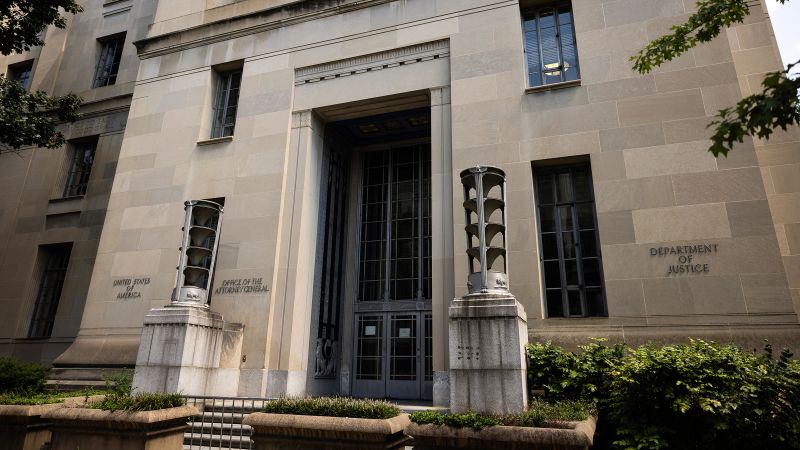The recent firings within the Justice Department have sparked considerable attention and raised concerns about internal conflicts within the agency. Two high-ranking antitrust attorneys, Roger Alford and Bill Rinner, were dismissed after expressing their dissent regarding the Department’s strategy on a merger case involving two major technology firms. These events highlight the ongoing challenges faced by the Justice Department, particularly regarding the balance between career officials and political appointees.
On a Monday, significant tension culminated in the decision to terminate Alford and Rinner, both of whom had opposed the approach taken by Assistant Attorney General Gail Slater, the head of the Antitrust Division. The division, historically responsible for scrutinizing corporate mergers to prevent anti-competitive practices, has become an arena of contention. Alford and Rinner were previously placed on administrative leave due to disagreements over the planned lawsuit against Hewlett Packard Enterprise (HPE) regarding its proposed $14 billion merger with Juniper Networks, a direct competitor in the tech space.
This internal strife reflects a broader issue within the Justice Department, where many career employees have departed amid growing frustrations over political influences affecting the agency’s operations. Reports indicate that numerous career staffers have left, while others have been dismissed, intensifying the existing divide between long-serving officials and recent political appointees. The notion of “insubordination” was cited by a DOJ official as a rationale for the dismissal of Alford and Rinner, indicating a failure to align with departmental directives.
The controversy surrounding the merger itself adds another layer of complexity. Hewlett Packard Enterprise announced its intention to merge with Juniper Networks in January 2024, intending to enhance both companies’ capabilities in cloud computing and networking through the integration of artificial intelligence and machine learning technologies. The Department of Justice intervened shortly after this announcement, expressing serious concerns that the merger would substantially reduce competition in the market, effectively removing a notable competitor from the landscape—Cisco Systems being the leading player.
In July, Deputy Attorney General Todd Blanche alluded to existing divisions within the Antitrust Division, affirming his support for Slater in a social media message that highlighted the resilience of the DOJ against purported attempts to create discord among its ranks. This came as various career officials publicly voiced their opposition to the decisions made by political appointees, further exposing the rift within the organization.
The powerful rhetoric used by both sides in this dispute encapsulates their respective positions—on one hand, officials like Omeed Assefi argued that the proposed merger could stifle innovation and burden consumers with higher costs for wireless technology. On the other hand, the companies involved contended that the DOJ’s legal challenges were based on flawed premises and lacked a solid legal foundation.
In light of these developments, the legal and economic implications of the HPE-Juniper merger become of paramount interest, not only for the parties directly involved but for the technology market as a whole. As the discussions regarding a possible settlement with the DOJ continue, the fallout from the firings of Alford and Rinner signals ongoing turmoil within the agency, characterized by a struggle for direction and authority.
The future of the antitrust landscape may hinge on how these internal conflicts are managed, as well as how the DOJ navigates its role in regulating corporate mergers and ensuring a competitive economic environment. The dismissal of Alford and Rinner is emblematic of a broader battle influencing both the Justice Department and the tech industry, signifying the potential for far-reaching consequences in policy and regulation as these themes evolve in the coming months.











